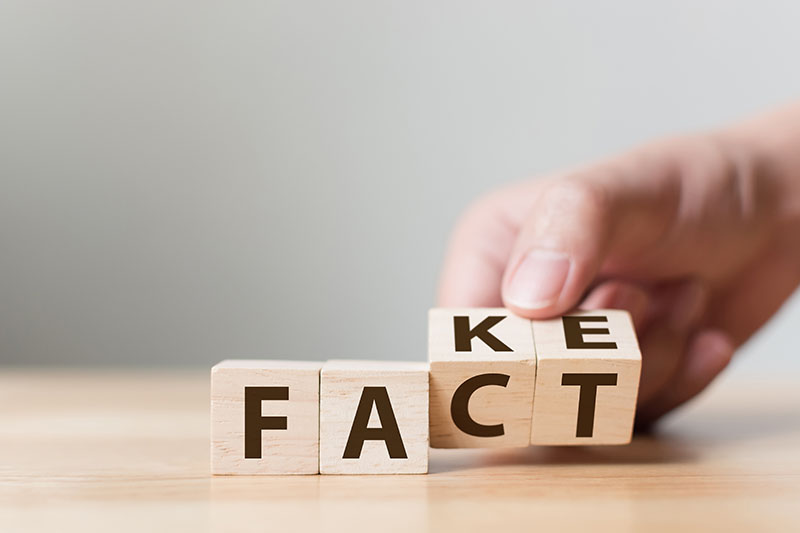News Sharing, Persuasion and a Theory of Misinformation Spreading in Social Networks
In this research, we study models of online news dissemination on a Twitter-like social network. Given a noisy observation of the state of the world henceforth called the news, agents with heterogeneous priors decide whether to share with their followers based on whether receiving the news can persuade their followers to move their beliefs closer to theirs in aggregate.

We demonstrate how surprise and affirmationmotives naturally emerge from the utility-maximizing behavior of agents. We fully characterize thedynamics of the news spread and uncover the mechanisms that lead to a sharing cascade. We furtherinvestigate the impact of the network structure, heterogeneity of priors, and precision levels of news onthe ex-ante probability of the news going viral. In particular, we show that as individual perspectivesbecome more diverse, a wider range of news precision levels cause a cascade. Finally, we elucidatean association between the news precision levels that maximize the probability of a cascade and theprior wisdom of the crowd. Our results complement the empirical findings that support wider spreadof inaccurate/false news compared to accurate information on social networks, providing a theoreticalmicro-foundation for utility-based news-sharing decisions.
RELATED PUBLICATIONS

RESEARCH AREAS

Artificial Intelligence

Computation

Data Science

Info & Decision

Institutional Behavior
IMPACT AREAS

Big Data


